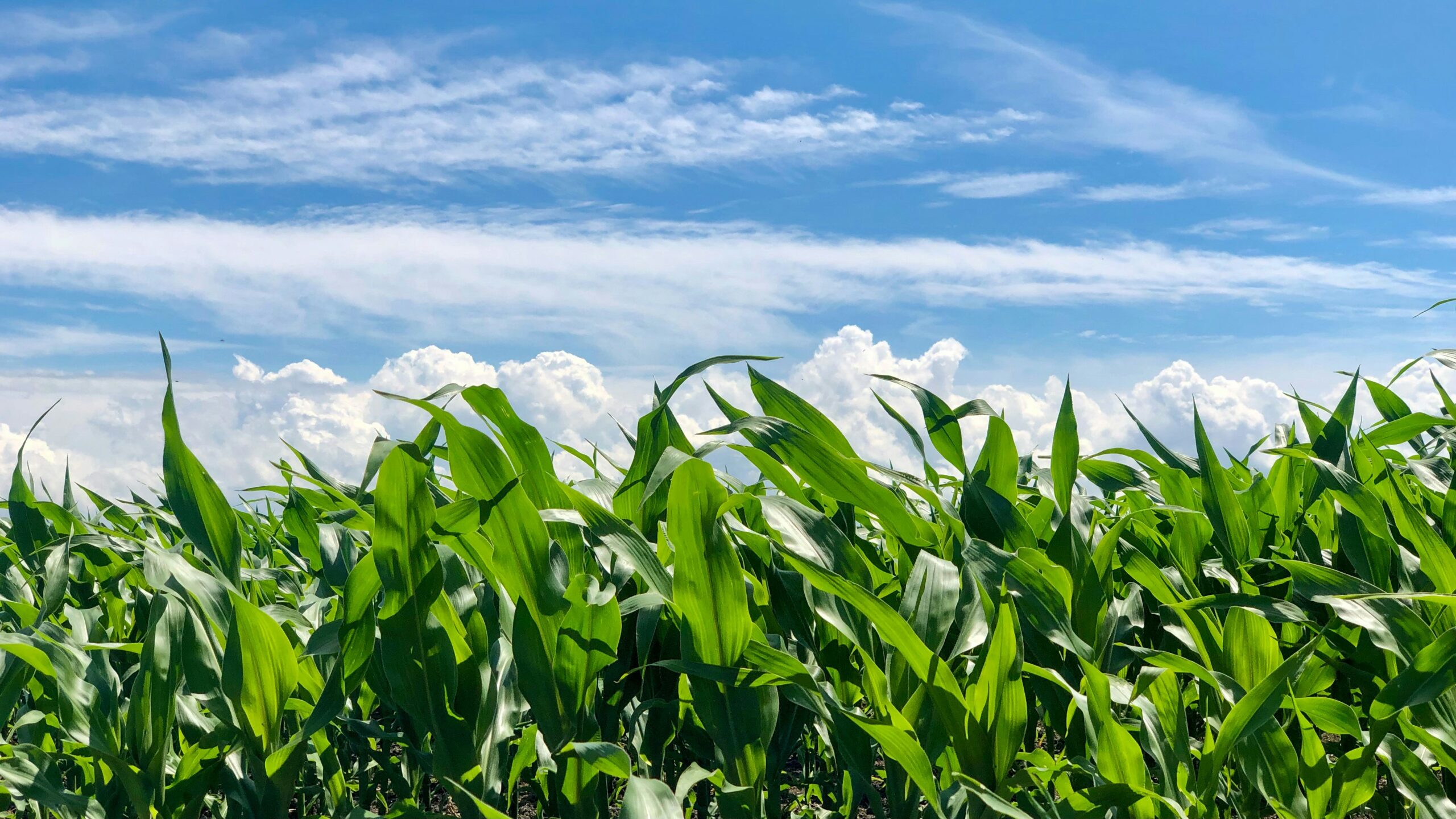Farming historically is a land rich/cash poor profession. What makes the past 3 years incredible is they created some of the highest liquidity levels this industry has ever seen. Strong liquidity provides protection during a downturn and the ability to capitalize on new opportunities.
There are many ways you can preserve this position to extend your golden years. Here are 5 action items to take before planting your 2024 crop to keep you financially strong far into the future.
1. Price check your expenses
High yielding corn fields can cost $1,000/acre to raise the crop. Can you find a way to save just $50/acre (5%) worth of inputs? Make this a goal to achieve across all acres.
Check with competing suppliers (seed/chemical/fertilizer/repairs) to find areas where you can save $10-15/acre each by changing products or adjusting input plans. Talk with landlords to see if it’s possible to have a flex rent agreement, helping save if you experience poor commodity prices. $50/acre in savings across 2,000 acres improves your margin by $100,000.
2. Manage risks through marketing
Environments with decreasing commodity values (like we are in today) benefit the active marketers over the ‘store and ignore’ crowd. Here are some good questions to ask:
- How many bushels do you have to sell? Double-check your APH.
- What are your costs and break-even’s to help with your marketing plan?
- What increments do you want to sell at (i.e. sell 10% of expected crop with each sale)?
- When di you want to be sold by and at what level (i.e. 50% sold by June 15)?
3. Build AN Accurate Financial Outlook with your Advisors
Having an accurate picture of your balance sheet and cashflows is necessary to build a solid capital plan with your lender. This helps you understand what is realistic as you tap into your equity to finance new opportunities. This includes:
Maintain conservative land values
It is best to keep land prices at cost (the price you bought it at) or at least 10% below market value. Land devaluations or poor land sales can happen at any time and are starting to be seen in the market today. You want to avoid overextending on debt obligations if the market has topped, and conservative land estimates help achieve this.
Market value equipment
Depreciate equipment values each year as they gain operating hours and increase wear. You won’t match the depreciation taken on taxes; instead adjust values 10% lower from the year prior (Year 1 $100,000 -> $90,000; Year 2 $90,000 -> $81,000). If your equipment values are dragging behind actual auction sale values, make an accurate correction on your balance sheet.
Full disclosure with your lender
If you know you had a rough year, be honest. The better understanding you and your advisors have of your position, the quicker you can diagnose and make changes. You want to identify the problems and adjust immediately. This gets you healed up faster and ready to participate in new deals.
4. Evaluate purchases against financials
For any new equipment or land purchases made, weigh the working capital impact vs cash flow impact. Interest rates are high for financing, but 100% cash purchases come at the expenses of your working capital. On the flip side, margins are tightening, so 100% financing comes at the expenses of your cash flow.
Work with a trusted adviser to find the right balance between using cash for the down payment and financing. No farmer, financial statement, or new purchase is the same, so each new decision needs to be reevaluated to optimize your position.
5. Manage inflation at home
Family living expenses need to be tracked and managed. Home mortgages, car payments, and family vacations can compress farm margins just as much as equipment or land payments if not kept in check. A $1,100 per month vehicle payment for the next 5 years won’t help you financially.
Spending time focusing on these action items now will help keep your business thriving in a downturn and ready to act fast on new opportunities that come your way.
ABout the Author
Grant Wiese is a former ag loan underwriter and current ag lender in Southern Nebraska while also farming corn and soybeans with his dad and brother. He combines these experiences to help farmers creatively acquire land and grow their financial literacy. We’re excited to share this knowledge with our subscribers. For more great content, sign up for Grant’s weekly newsletter at www.farm640.com.
LEARN HOW TO UNLOCK YOUR EQUITY
"*" indicates required fields
We hold your data in high regard. By submitting this form, you are consenting to the use of this information in compliance with our Privacy Policy.


